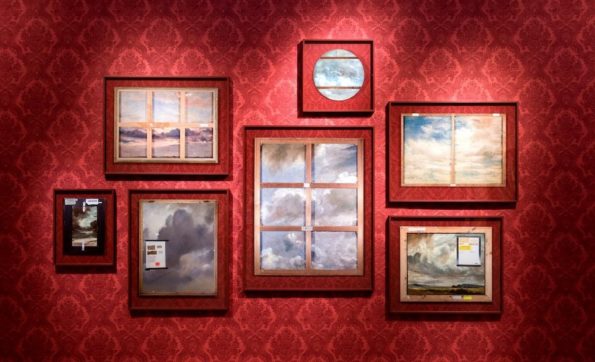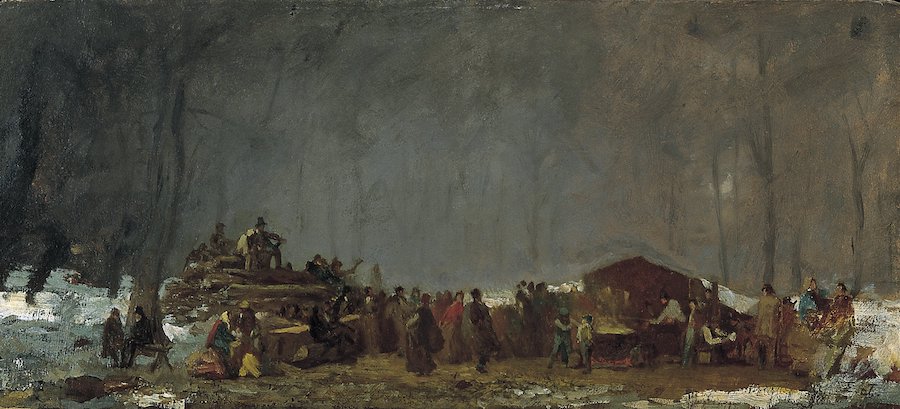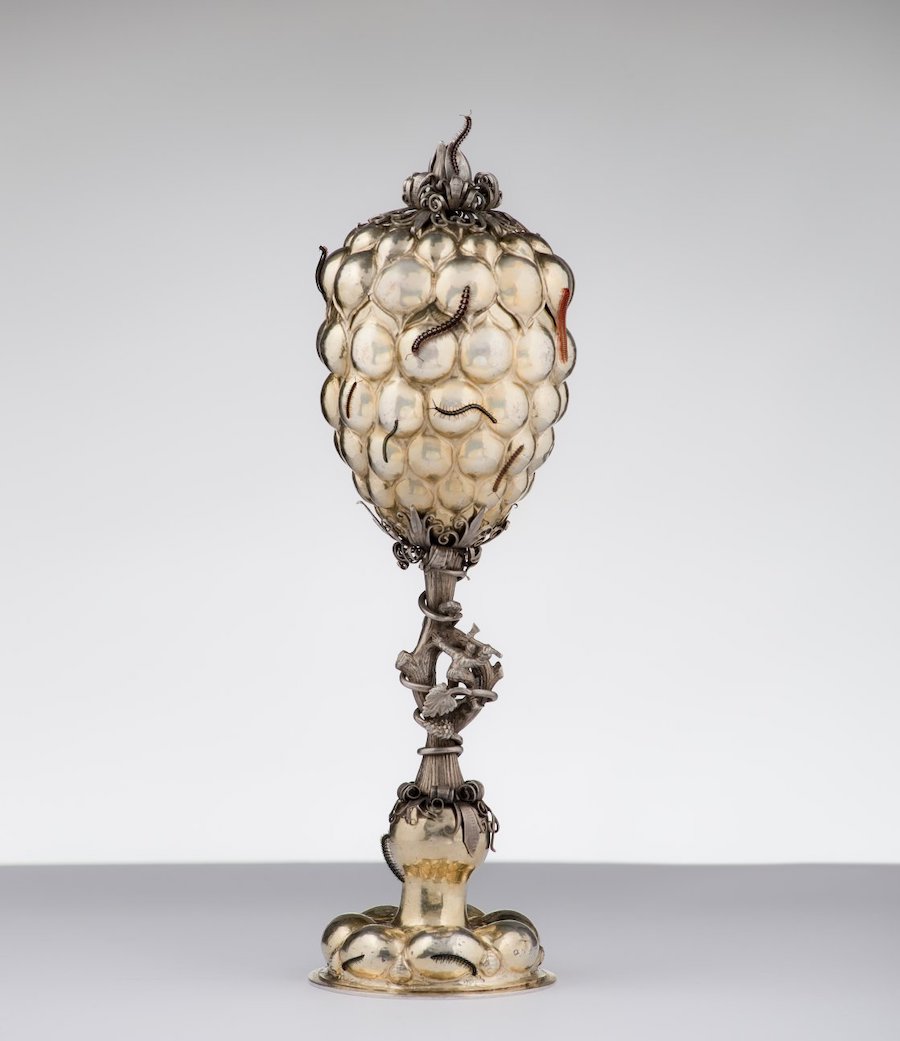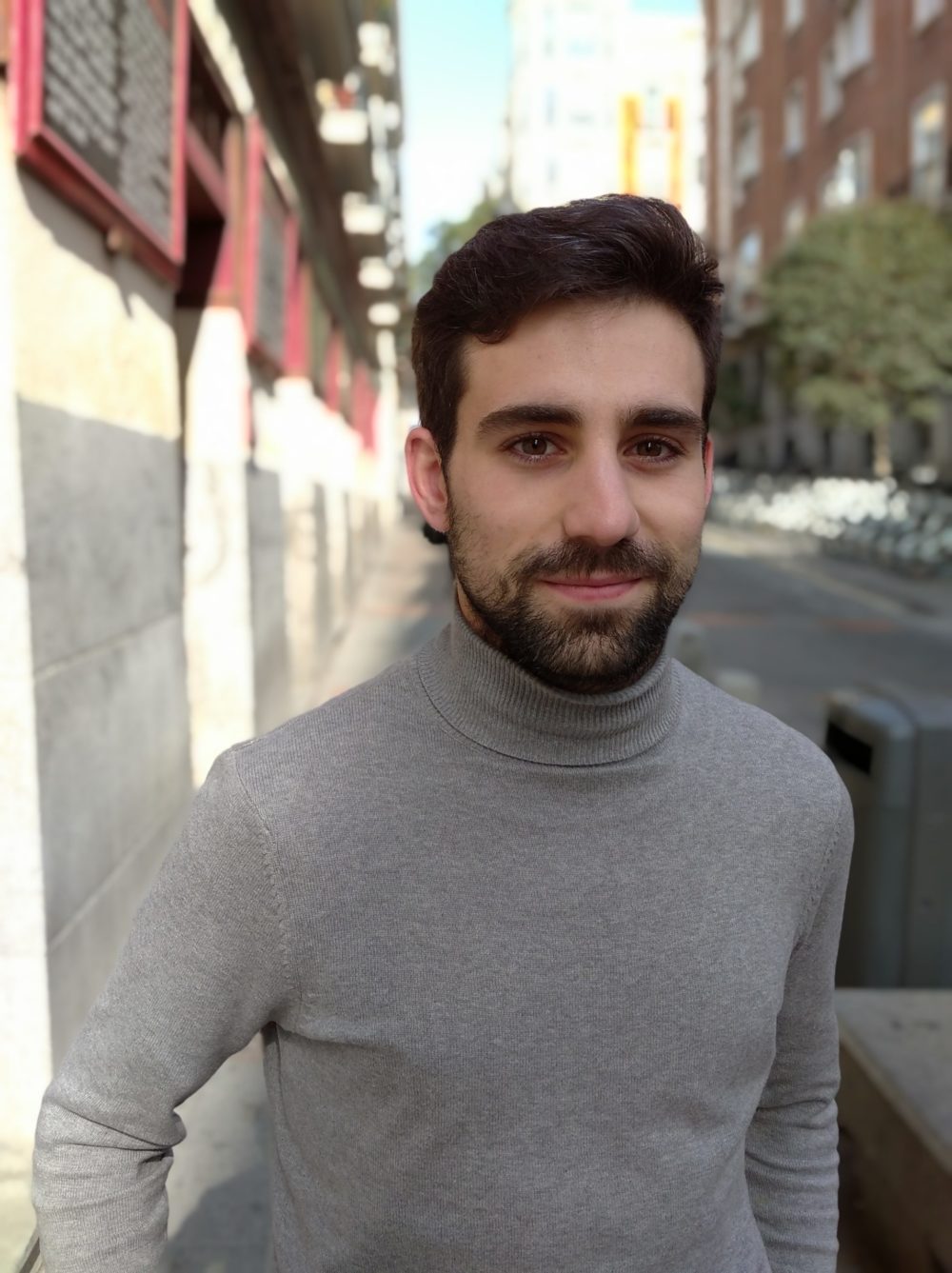Search
To search for an exact match, type the word or phrase you want in quotation marks.
A*DESK has been offering since 2002 contents about criticism and contemporary art. A*DESK has become consolidated thanks to all those who have believed in the project, all those who have followed us, debating, participating and collaborating. Many people have collaborated with A*DESK, and continue to do so. Their efforts, knowledge and belief in the project are what make it grow internationally. At A*DESK we have also generated work for over one hundred professionals in culture, from small collaborations with reviews and classes, to more prolonged and intense collaborations.
At A*DESK we believe in the need for free and universal access to culture and knowledge. We want to carry on being independent, remaining open to more ideas and opinions. If you believe in A*DESK, we need your backing to be able to continue. You can now participate in the project by supporting it. You can choose how much you want to contribute to the project.
You can decide how much you want to bring to the project.

Art objects have their own temporality. They can´t hide from time, which buries them, discovers them, creates them anew, but neither are they subject to the mandate of an external time that imbues them with meaning in a predetermined sequence of events. They are not subjected to a temporality that situates them in a certain era and that reduces their meaning to the reconstruction of that single quality. However, classic iconological paradigms depend on a vision of the time of objects reduced to the linearity of History, and only through this chronology can they be explained.
Faced with the reduction of the temporality of art objects to external, chronological and euchronic time, Georges Didi-Huberman proposes anachronism as a necessity for the images themselves, a way of guaranteeing their autonomy in the face of the reduction and simplicity that chronology supposes. In this sense, anachronism is not an error of attribution of categories from one time to another time that does not correspond to it, but rather “anachronism crosses all contemporanities. There is almost no concordance between times.”[1]Ante el tiempo: historia del arte y anacronismo de las imágenes (Before Time: Art History and Anachronic Images). Buenos Aires: Adriana Hidalgo, 2015, p.38. The ubiquity of anachronism is an alternative to the error of the historian who believes he is doing something real by presenting the hegemonic historical reconstruction as more valid than other methodological fictions. Establishing the domination of chronology produces the negation of anachronism typical of the objects themselves, whose contemporaneity is always a simulation, a construction. Thus, many other definitions of temporality that may be valid for a history of art objects, especially for those that have been banished from History, are excluded from this analysis.
In the apparent chaos generated by marginalizing the linear model of History and proposing a more playful, more poetic version, new perspectives arise simultaneously to help us think about these objects and to understand and illuminate the gaps in History that are suppressed by a story of hegemonic fiction. Anachronism, being stripped of the empire of successive chronology, allows art objects to be understood from a time that is their own, one that is always ready to go against the grain, and is open to repetition, appearance, and the resurrection of unresolved conflicts.
***
Art objects, nonetheless, sometimes lack the fortitude to claim their own time and are displaced by History in a total and catastrophic sense. This may not affect their material existence but it does affect their possibility of being sustained in a tradition of their own. In this situation, they cannot enjoy the time that belongs to them: History has erased their time and instead has left silent objects without a foothold inside a hurricane that divides them between center and periphery. Objects without temporality and, thus, without voice, are left without the possibility of communicating and speaking for themselves. Lebanese thinker Jalal Toufic, along with his friend Walid Raad, has explored the ways in which art objects can lose their traditional time after a catastrophe, in a process he calls the withdrawal of tradition after a devastating disaster:
If the atomic bombings of Hiroshima and Nagasaki on August 6 and 9, 1945, respectively, are devastating disasters, then they are so not only because of the total death toll and the destruction of buildings (including museums, libraries and temples) and other material archives, nor because of its material effect on cells by radioactivity inside the body, nor because of the latent traumatic effects that manifest themselves over time but, in addition to all this, they are devastating disasters because there has also been an immaterial withdrawal of literary and philosophical texts, as well as films, videos, and musical works, despite the fact that these continue to be physically available, and of paintings and buildings that are not physically destroyed but which have lost their spiritual existence, their sacredness, their special character as spaces. In other words, if a disaster is devastating (for a community, defined by its sensitivity to the immaterial withdrawal resulting from such a disaster) it cannot be determined by the number of dead, by the intensity of traumas, or by the extent of material damage, but by the presence after the disaster of symptoms that indicate the withdrawal of tradition[2]The Withdrawal of Tradition Past a Surpassing Disaster, Forthcoming Books, 2009, p. 11..
The withdrawal of the immaterial is not assimilable to the language of trauma in a full sense, although it is obviously related to it, such as the impossibility of the full experience of History and its push forward. The uniqueness of time, the uniqueness of lives, blocks the path to resurrection. Toufic’s texts, however, tend to deny this uniqueness through a particular style that insists on other times, other existences. Thus, the withdrawal of tradition does not happen only as the impossibility of experiencing the devastating event, but above all of the impossibility of art objects immaterially assuming the experience of being deprived of their temporality.
***
The healing/resurrection process thus implies the journey through those other-times and other-worlds by means of a new conception of rituality. Walid Raad, along with Jalal Toufic, has experimented with the modes of the resurrection of tradition through the use of bastard temporalities. He has carried out this exploration with various projects in which he transforms art objects in order to create within them a time that is not the (irretrievable) past but which plays with its disappearance. Although most of these processes have to do with the traditional definitions of disaster, such as the destruction caused by the Lebanese Civil War (1975-1990), the artist has recently intervened the collection of the Thyssen-Bornemisza Museum in Madrid in commemoration of the centenary of the birth of the last Baron Thyssen.
Raad positions himself before the museum and creates unique discourses based on the typical discursive genres of the institution. He invents characters for the objects in the museum that could have existed and might exist in other times, with the aim of unearthing the lost traditions that are in them and that have to do with war, political tensions in the Middle East and with his own biography. In a series of performances that parody the guided tour, Raad tells the stories of these objects, starting with their materiality and establishing voluntarily anachronistic relationships between the museum, the fictions and particular stories from History.

“El campamento para la fabricación de azúcar de arce. La despedida”, hacia 1865 – 1873, Colección Carmen Thyssen-Bornemisza en depósito en el Museo Nacional Thyssen-Bornemisza
During these visits, the museum exhibition rooms are full of frames with psychological disorders such as catatonia, animal phobia, agoraphobia, narcolepsy, and delirium, as well as self-restoring angels, paintings with gremlins that pull them down, or works that refuse to be hung. The stories, not without humor, lead surprisingly to hidden tales of the museum itself, such as Eastman Johnson’s painting The Maple Sugar Camp, The Farewell (circa 1865-1873), from the Carmen Thyssen Collection. This work contains a fierce criticism by the abolitionist painter of the sugar plantations that used African slaves as labor. Maple syrup, on the other hand, became a symbol of the extraction of a sweet syrup without the use of slave labor, and its appearance in the Thyssen collection gives the rest of the stories a double meaning: Johnson’s paintings decide not to hang on the wall, a clear reference to slavery, and instead are part of a strange and disturbing hanging system of works in a room under construction. Next to the installation hangs the painting erroneously attributed to Gilbert Stuart until 2020, portraying the erroneously believed cook of George Washington, Hercules Posey. The room is full of mistakes of documented and undocumented histories, which join together to extract from everyday life and the rigidity of the institution a series of lives of the objects that had remained hidden. Throughout the tour, Walid Raad also describes curtains on the paintings arranged by the baron so that one of his children could see through them, doubles that appear and disappear, X-rays that show the desire of the paintings to escape from their frames and the attempt of the curators to stop them, of a carpet that weighs more than it weighs, and of art works that attract specific species of insects.

“Epílogo VII, El oro y la plata, 2021” Encargo de la Fundación TBA21 y cortesía del artista
These fictions flit about through different eras and enunciate the experiences that the objects have lost, through a malleability that connects them with the biography of the artist and with the suffering of those who have been forgotten. In these particular times, the ubiquity of power and the impossibility of ignoring it are also revealed. Towards the end of the visit, Raad confirms this impossibility: “I wanted to get away from Bibi, John Bolton, Mohammed bin Salman, Mohammed bin Zayed Al Nahyan, Yasser Arafat and Iran. I swear. But all of them kept popping up wherever I looked.” Raad has opened the way for the objects to be enunciated within fictions, for the objects themselves to talk about their times and their variations, and he has allowed them to function as a sign of the ashes of the disaster, so that they come together and appear in unexpected places.
(Front image: Installation view Epílogo II: Los Constables, 2021. Commisioned by Fundación TBA21, courtesy of the artist)

Juan Gallego Benot (1997) researches on Rhetoric and Modernity at the Autonomous University of Madrid and the University of Groningen. He is also studying Art History at the UNED and has published the book of poems Oración en el huerto (Tino Barriuso Prize, Hiperión, 2020). He is currently writing a second book on contemporary urbanism, expulsion and gentrification in the city of Seville.
"A desk is a dangerous place from which to watch the world" (John Le Carré)